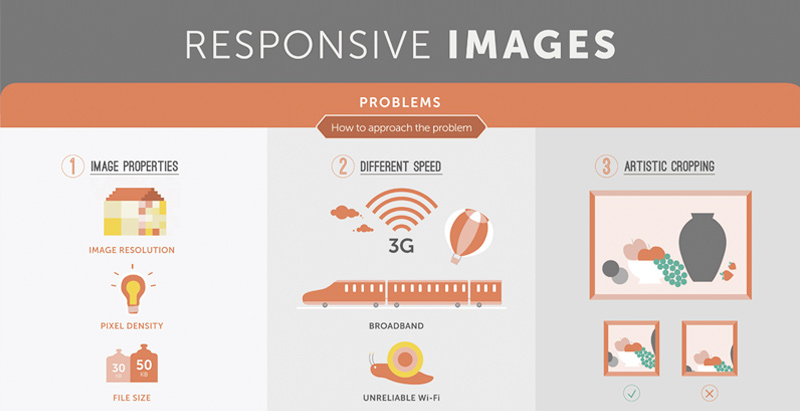In the past, websites were straightforward and focused on details. Navigation was straight, and layout was for desktop computers. Now, individual experience is vital. Information overviews styles for very easy navigating. Receptive designs suit various gadgets. Today, dark setting lowers strain, and minimal food selections boost navigating. Interactive attributes involve users, and strong visuals stand out. AI combination improves involvement. See exactly how layout has actually evolved to enhance your online trip.
Very Early Days of Web Design
In the early days of web design, simplicity preponderated. https://affordable-local-seo-serv39494.blogchaat.com/29911401/enhancing-site-efficiency-through-on-page-seo-proficiency were fundamental, with restricted shades, font styles, and designs. The focus was on supplying info instead of showy visuals. Individuals accessed the internet with sluggish dial-up links, so speed and performance were crucial.
Navigation food selections were straightforward, commonly situated at the top or side of the web page. Web sites were created for desktop, as mobile browsing wasn't yet widespread. Content was king, and designers focused on very easy readability over complex style aspects.
HTML was the primary coding language utilized, and designers needed to work within its restraints. Animations and interactive functions were marginal compared to today's standards. https://stephenidxsl.myparisblog.com/30369055/differentiating-the-contrasts-in-between-citizen-search-engine-optimization-and-conventional-seo were static, with little dynamic web content or personalized individual experiences.
Increase of User-Focused Design
With the advancement of site style, a shift in the direction of user-focused style principles has actually come to be significantly noticeable. Today, creating sites that prioritize user experience is essential for engaging site visitors and accomplishing service goals. User-focused design involves recognizing the requirements, choices, and habits of your target market to customize the web site's format, material, and features as necessary.
Designers currently perform comprehensive study, such as individual studies and functionality screening, to collect insights and comments straight from customers. This data-driven method helps in developing intuitive navigating, clear calls-to-action, and visually appealing user interfaces that resonate with site visitors. By placing the customer at the facility of the layout procedure, sites can deliver a much more customized and delightful experience.
Responsive design has additionally emerged as a vital facet of user-focused layout, making certain that websites are maximized for numerous devices and display dimensions. This versatility enhances ease of access and functionality, accommodating the varied ways customers communicate with web sites today. In essence, the increase of user-focused layout represents a change in the direction of producing digital experiences that prioritize the requirements and assumptions of completion user.
Modern Trends in Web Design
Check out the most up to date trends shaping web design today. One noticeable fad is dark setting design, providing a streamlined and modern-day look while lowering eye strain in low-light settings. One more key trend is minimal navigating, streamlining food selections and boosting customer experience by focusing on essential elements. Including micro-interactions, such as animated buttons or scrolling results, can develop a much more engaging and interactive web site. Receptive layout remains critical, making sure seamless user experiences across numerous tools. In addition, utilizing strong typography and unbalanced formats can include visual rate of interest and draw attention to particular web content.
Integrating AI technology, like chatbots for customer support or customized referrals, improves user involvement and enhances processes. Availability has additionally end up being a considerable fad, with designers focusing on comprehensive style practices to satisfy varied user needs. Accepting sustainability by maximizing web site performance for speed and efficiency is another arising trend in web design. Teaming up with user feedback and information analytics to iterate and boost design continuously is crucial for remaining pertinent in the ever-evolving digital landscape. By welcoming these modern trends, you can develop an aesthetically enticing, easy to use site that resonates with your target market.
https://www.searchenginejournal.com/how-to-get-on-local-news/447397/
As you reflect on the advancement of site design from the early days to now, you can see exactly how user-focused style has come to be the driving pressure behind contemporary fads.
Welcome the journey of adjustment and adjustment in website design, constantly maintaining the individual experience at the forefront.
Stay present with the current patterns and technologies, and never stop advancing your approach to create visually spectacular and straightforward web sites.
Evolve, adapt, and create - the future of web design is in your hands.
